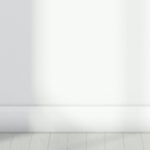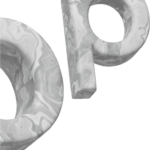
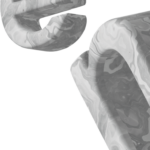
Set up your shop
Create my project
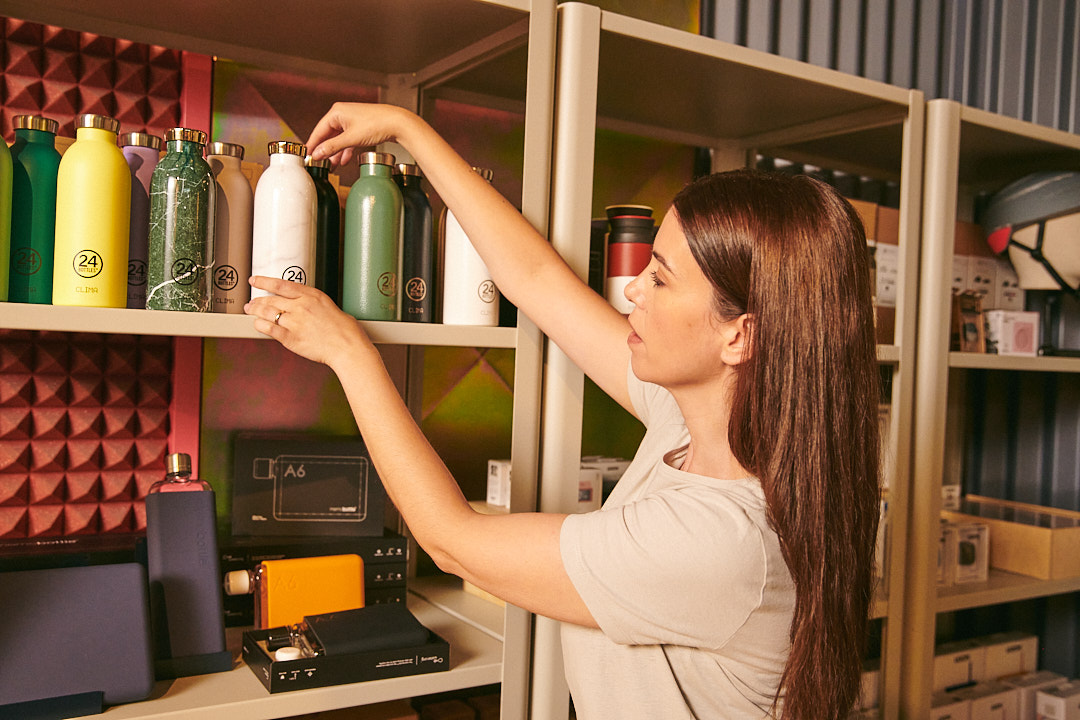
How to layout a retail store
15 November 2024
Imagine the following scenario: You walk into a retail store with a certain product in mind. However, the layout of the store is jumbled and confusing, you can’t find what you are looking for and nothing seems to have a price on it! Would you leave? The likely answer is “yes”. Consider another scene: You walk into a retail store and are immediately struck by how attractive the products look. You can immediately find what you are looking for and its price is well-marked. However, you also pass by a few other products that compliment your purchase, so you pick these up as well. Is this a likely scenario? The answer is also probably “yes”.
In these two short examples, we can easily see how important layout is to a retail store. With the right layout, you can attract customers and drive sales. The layout of your store can greatly influence a customer’s behaviour and enhance their experience in your business. If you operate a bricks-and-mortar retail establishment, then you need to spend serious time considering the layout.
This article will explain the importance of layout for a retail store and give you a basic grounding in how to go about laying out your store correctly. If you are about to open a business, then keep reading to find out just what you need to know about how to layout a retail store.
What is customer flow and why is it important?
One of the first aspects to consider and understand when designing store layout is the concept of customer flow. In simple terms, customer flow is the way in which people move throughout your store. Retailers need to consider the number of customers that may pass through the store, how they will navigate the aisles of goods, and how much time an individual customer may spend in the store. These details are important when planning customer flow.
Analysing customer flow patterns once you have opened can identify areas of your store that aren’t getting the attention they need. You can also see what areas are performing well and adjust the design of your shop accordingly.
What are the types of store layouts and designs?
With the right store layout, you can encourage customers to spend longer amounts of time in your store. The longer a customer spends in a store, the more likely they are to purchase products. You can also use store layout to direct customers towards items you wish to sell.
The design you choose for your store depends on what type of store you are operating. For instance, a small coffee shop design will be vastly different to the design of a clothing store.
In general, however, there are ten interior shop designs used by retail businesses:
- The grid layout: Goods are displayed on shelves that form long aisles throughout the store. Most often seen in supermarkets or grocery stores.
- The herringbone layout: Aisles or product displays are placed on either side of the walls creating a long walkway through the middle of the store.
- The loop layout: A closed loop is used to direct customer flow in a rigid pattern throughout the store.
- The free-flow layout: No effort is made to encourage customer flow, aisles and product racks are placed randomly throughout a space.
- The boutique layout: This is where goods are separated by brand or by category to give the feeling of many small shops within one big one.
- The simple layout: Sometimes called the spine layout, the simple layout is a basic way of placing aisles to guide customers to the back of the store.
- The diagonal layout: Places aisles at angles throughout the store. This layout is a variant of the grid layout.
- The angular layout: Also known as a curved layout. Uses rounded product displays, corners and walls.
- The geometric layout: Creates a unique design focusing on geometric shapes.
- Combination layouts: You can use elements from all of the above choices.
Our top store layout design tips
Think about the type of customer you wish to attract and plan your store accordingly. A grid layout is best for stores that have older customers while a free flow layout can work well for stores with a younger customer base. Grid layouts are easier to navigate and locate products, this makes them more attractive for older people. Free flow layouts encourage customers to explore the retail space, so they are an ideal way to attract younger customers who may not be in as much of a hurry as their older counterparts.
Make sure you have adequate exterior signage and good window displays. Concentrate on creating an impressive initial entrance area to the store. This is where your customers will get their first impression. However, it will only be a cursory glance, so avoid cluttering the area and do not put big ticket items here.
Base your store design on the insights gained from customer flow analysis. Pay attention to where your customers tend to go when in your store and position key goods in high-traffic areas.
Try and incorporate break points where customers can rest while inside the store. This will encourage them to spend more time browsing. You can also use speedbumps to control the speed of foot traffic and use shelf-stopping signage to encourage shoppers to linger at certain aisles and browse certain items.
Retailers must consider that customers also expect physical stores to have a professional e-commerce component. It is advisable to incorporate a digital experience into the layout of your store. This can be done by providing customers with QR codes they can scan to access exclusive online sales, for example.
Some examples of good store design
The most obvious examples of good store design can be found in supermarkets such as Tesco or Sainsbury’s. The grid layout is familiar, easily navigable by people of all ages, enables optimum product placement opportunities, and encourages shoppers to make their way through the stores in an orderly fashion, passing by huge amounts of products as they do so.
One example of good store design that everyone will be familiar with is IKEA. The Swedish home decor giant uses the loop layout technique to funnel customers past all of its products in a display section in combination with a straightforward herringbone design for its warehouse below. Customers can choose whether to spend a good amount of time browsing products in mock-up settings or simply go straight to the warehouse to pick what they want quickly.
The design concepts employed by large supermarkets and chains such as Ikea can also be utilised by smaller retailers. Applying these principles to more compact spaces is simply a matter of scaling the designs.
A good example of how to use an unconventional store layout is exemplified by the fashion store River Island. River Island uses a free-flow layout where display racks are placed seemingly haphazardly throughout a large space. The stores are separated by themes, (Men’s, Women’s, Boys’, and Girls’ clothing segments) but this is not immediately apparent to the customer. This design encourages customers to spend more time browsing aisles and has a real sense of excitement and style.
How to choose the best retail store layout and design for you
Choosing the right retail store layout for you means considering a number of aspects. What type of business do you have? Who are your customers? How much time will your customers want to spend in your store? Opting for a trendy, free-flow design may be the best option for a fashion store aimed at younger people who wish to browse, but will not be a suitable option for a pharmacy that caters to older customers who want to make their purchases quickly.
You should also consider what types of products you are selling. If you have a large amount of inventory made up of many different types of products, then a grid style may be the best option. For stores that have a smaller number of products on offer, a free-flow style can work well. Opting for a loop layout can ensure that your customers pass by all your products.
If you are opening up a retail store and need advice, try checking out the Ankorstart programme from Ankorstore. Ankorstart provides new retail entrepreneurs with support, advice and guidance on launching a new business. Ankorstart is non-binding and completely free! Have a look for yourself and see why so many new retailers are signing up to Ankorstart.
FAQs
How important is layout to a retail store?
The layout of your store will encourage your customers to browse and purchase products. An attractive layout that appeals to your targeted customer group is crucial to the success of your store.
What are the most common types of retail store layouts?
Loop layout designs, grid, diagonal and herringbone designs are commonly seen in supermarkets, grocery stores, home decor and hardware stores. Boutique stores, speciality shops, and fashion and clothing stores often use free-flow designs.
How can I find the right store layout for my business?
Consider your target customer and what their needs are. Think about what types of products you sell and the best way of showcasing them. Take note of other retailers you like and what they have done. You can also get great advice from talking to the experts at Ankorstart.
Related posts "Create my project"

Are you planning on starting a business in retail? Before you dive in, it’s crucial to conduct market research. This article will walk you through the process of why and how to conduct market research effectively, ensuring your retail business idea is built on a solid foundation of market insights and data-driven decisions.

For entrepreneurs opening a shop, designing a compelling brand identity is crucial to stand out from the competition.
This article explores how thoughtful product selection, marketing strategy and customer experience can boost sales and strengthen brand image.

We’ll take a deep dive into market research, taking a look at primary and secondary sources and how you, as a small retail business owner can conduct your own market research, as well as why you should!
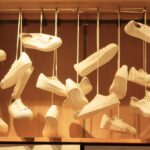
In this article, you’ll find all the information you require to get your business off the ground in this comprehensive guide on how to start a shoe business. In our article below, we provide you with some ideas on how to find success with your shoe store.

